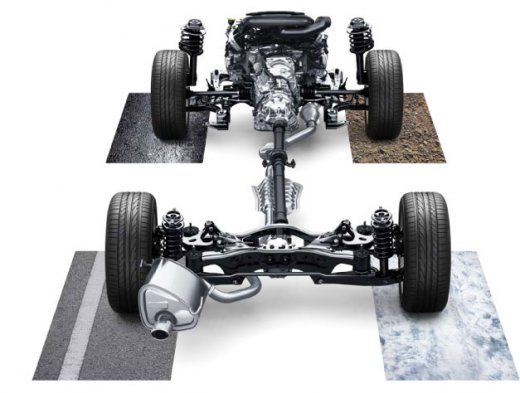Last Updated on March 22, 2018 by Jason Mason
If you are in the market shopping for a car, you may be faced with a difficult decision on whether to buy a four-wheel drive (4WD)/all-wheel drive (AWD) or not. This dilemma is common among car shoppers, so don’t think you are the only person experiencing it. To help make a good decision, you will need to know the aspect of AWD and 4WD. They both help accelerate on slippery roads but don’t aid when braking.
In fact, many drivers prefer AWD or 4WD vehicles. But with today’s electronic systems and traction controls, is you really need an all wheel drive vehicle? We looked at the various benefits and constraints of all-wheel drive for car shoppers who may choose these types of cars.
Advantages of AWD/4WD
- Better Acceleration: Four-wheel drive (4WD)/all-wheel drive (AWD) vehicles accelerates better on slippery roads than two-wheel-drive vehicles. This so because traction is equally distributed on all four tires. On a two-wheeled vehicle, traction is only distributed on two front wheels.
- Helps With Traction and Towing: Four-wheel drive (4WD) trucks have improved traction. This can help tow stuck or damaged vehicles from wet, steep places. Also, if you get stuck on sandy or muddy areas, AWD/4WD vehicles can easily manage to drive safely to save roads.
- Improves Dry Handling: This is possible if your All Wheel Drive vehicle is designed with torque vectoring. An example of such a vehicle is the 2013 Acura TL. This model uses a pair of electromagnetic clutches to distribute torque to all four wheels.
- Added Resale Value: If you own a Four-wheel drive (4WD) or an all-wheel drive (AWD) vehicle, and you live in areas prone to harsh conditions. If you decide to resell such a vehicle, customers are always willing to pay more cash to get them.
Cons of AWD/4WD
- Added Cost: The cost of acquiring a four-wheel drive (4WD) ranges from $1500 to $5000 depending on the make, model or year. You also need to factor in gas costs
- Lower Fuel Economy: Four-wheel drive (4WD) or all-wheel drive (AWD) vehicles weigh more than two-wheel drive vehicles. So they place a higher load on the engine thus decreasing fuel economy significantly.
- More Maintenance: Such vehicles need to be maintained regularly. For example, oils need to be regularly changed. The cost changing oil for 4WD or 4WD ranges from $30 to $150. So they tend to cost more than that of a two-wheel drive vehicle.
False Sense of Security
A car salesman can easily trick you into thinking that a 4WD or AWD can drive in the rain or snow easily. The bitter truth is that 4WD or AWD vehicles only have improved acceleration when operating on slippery and steep roads. Otherwise, handling and braking is the same as that of a two-wheel drive vehicle




